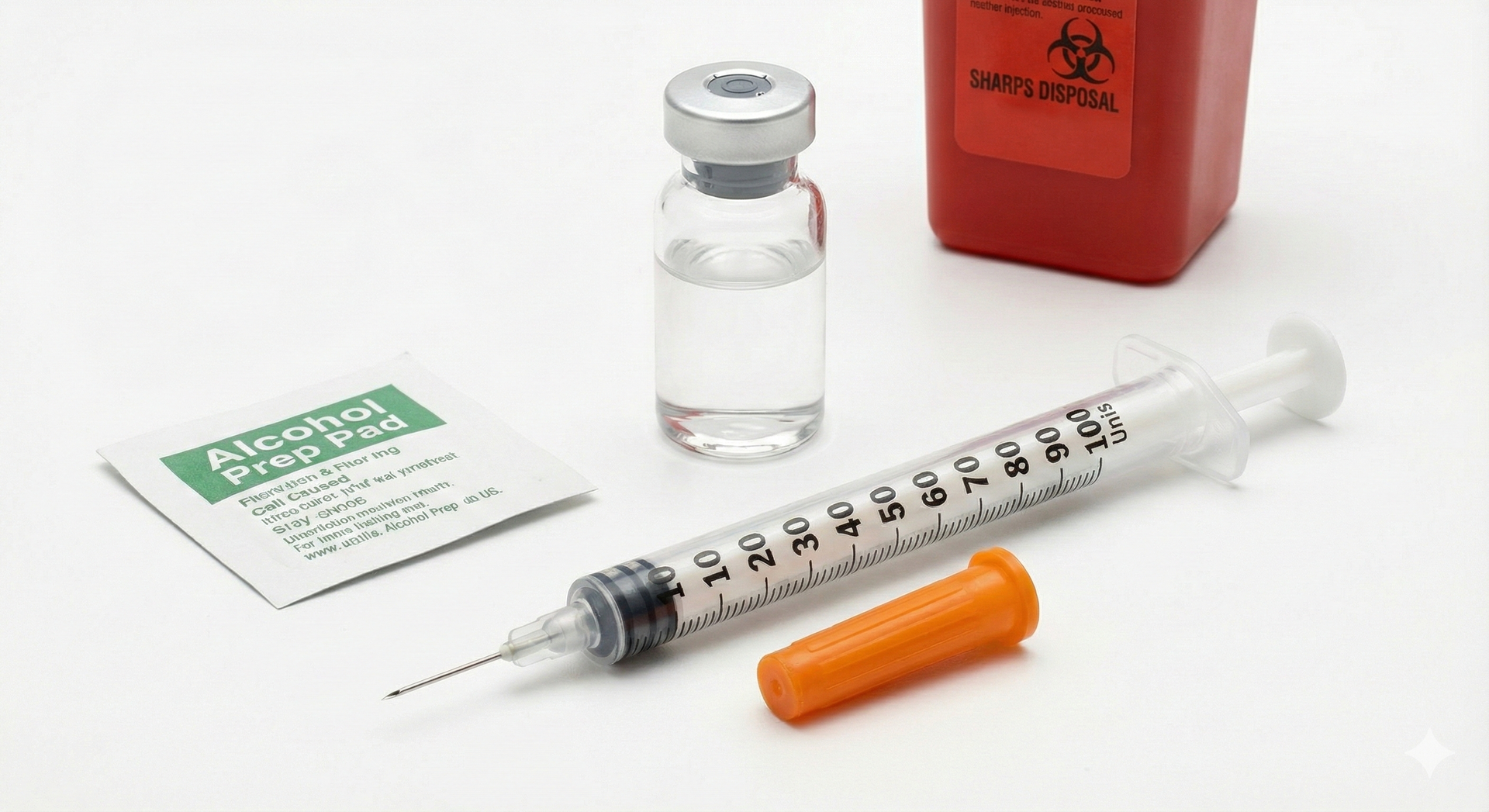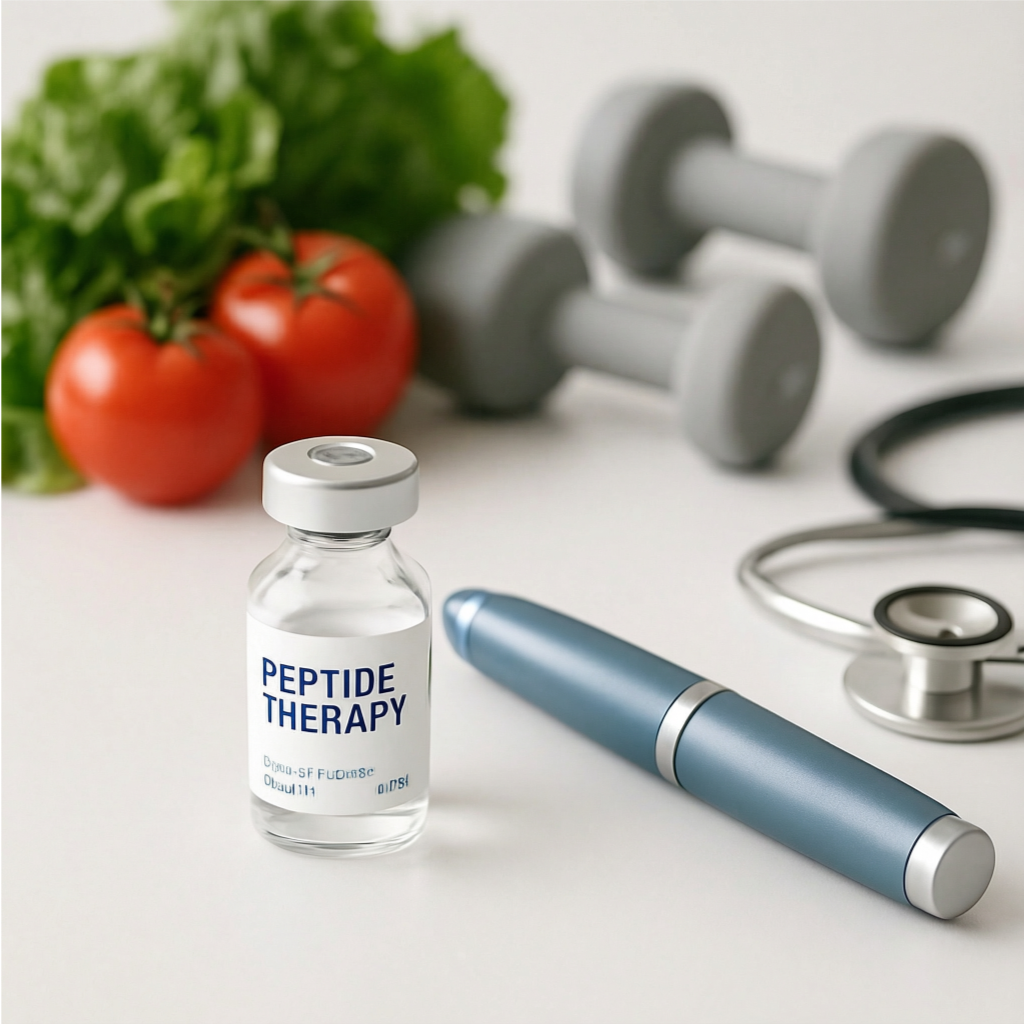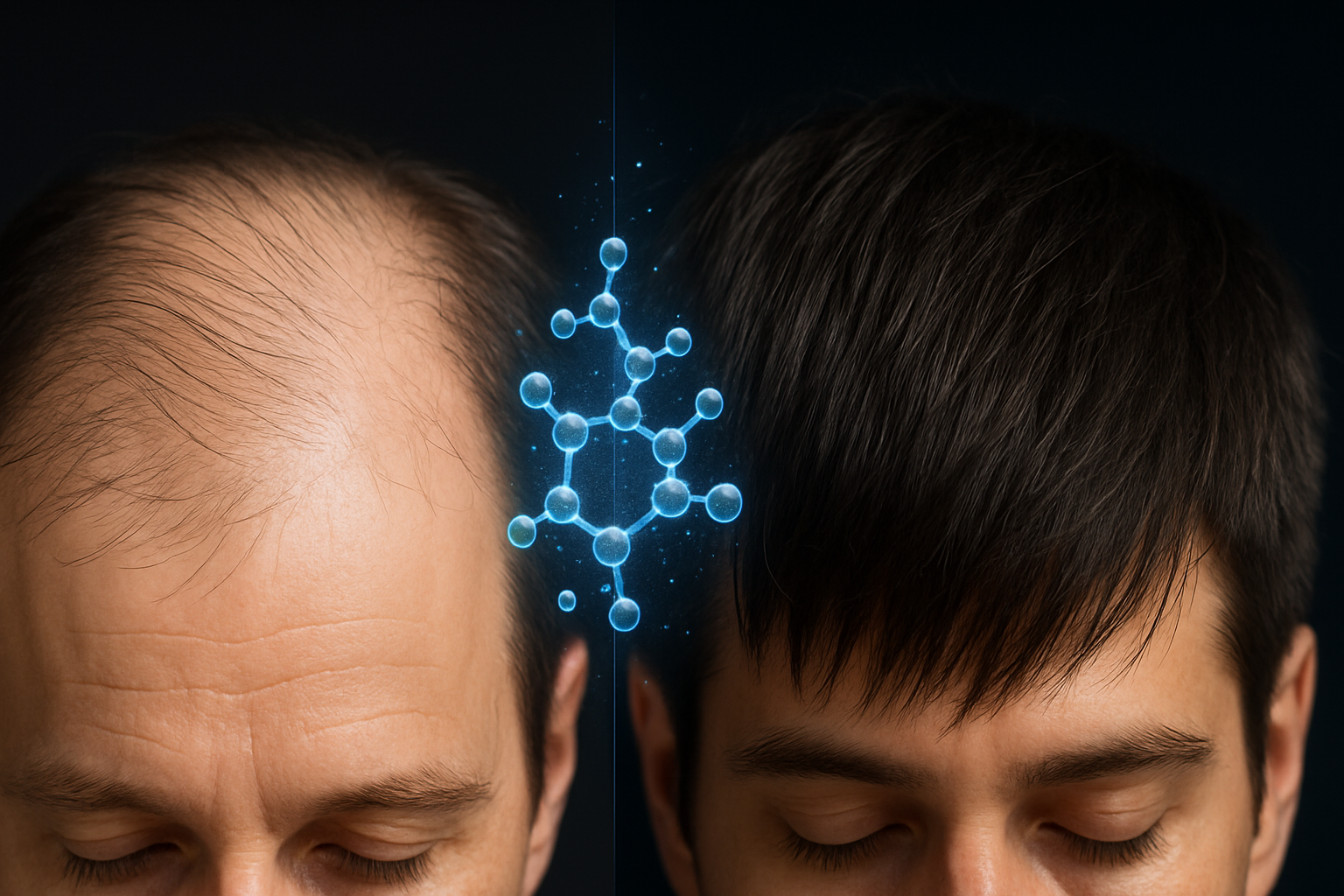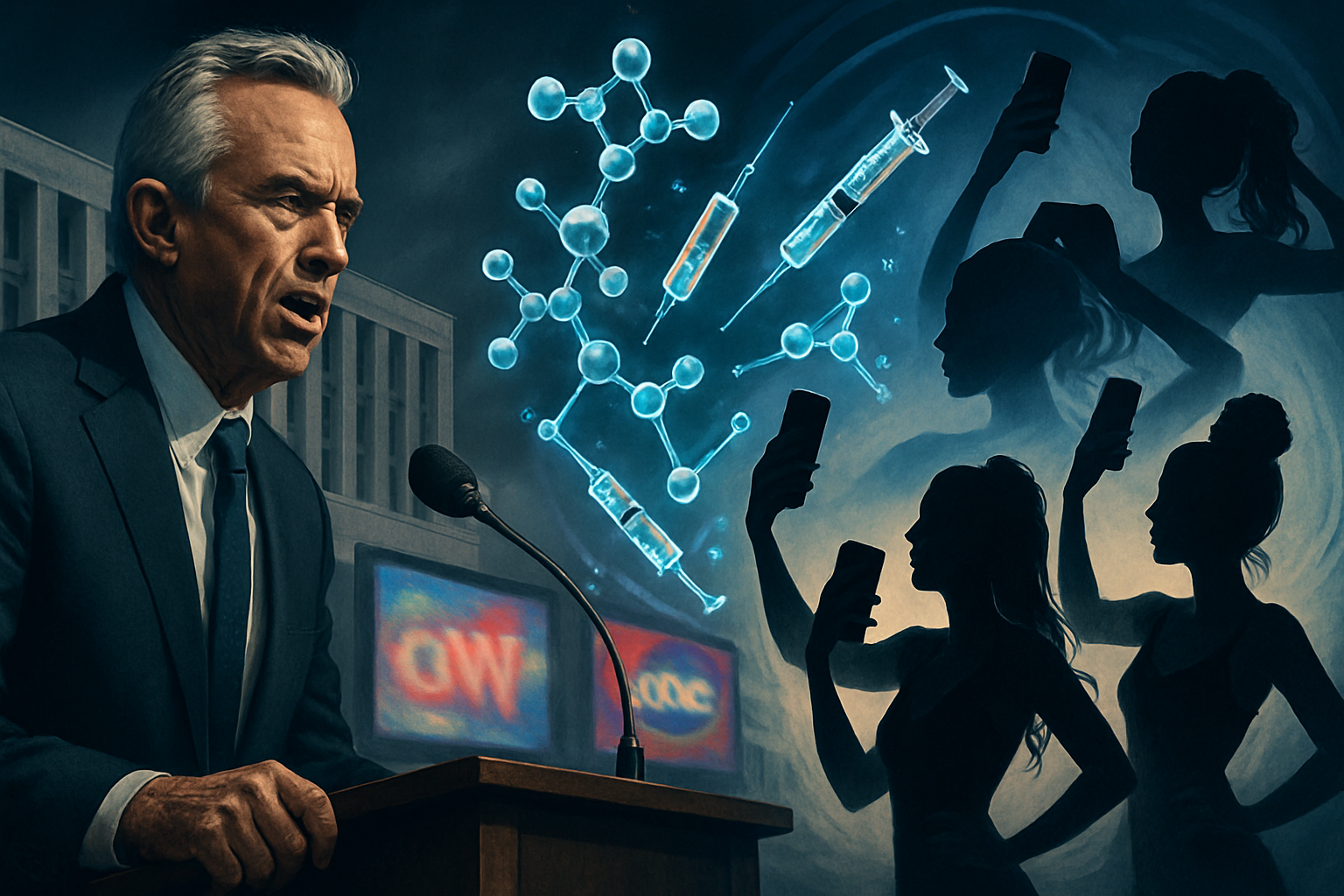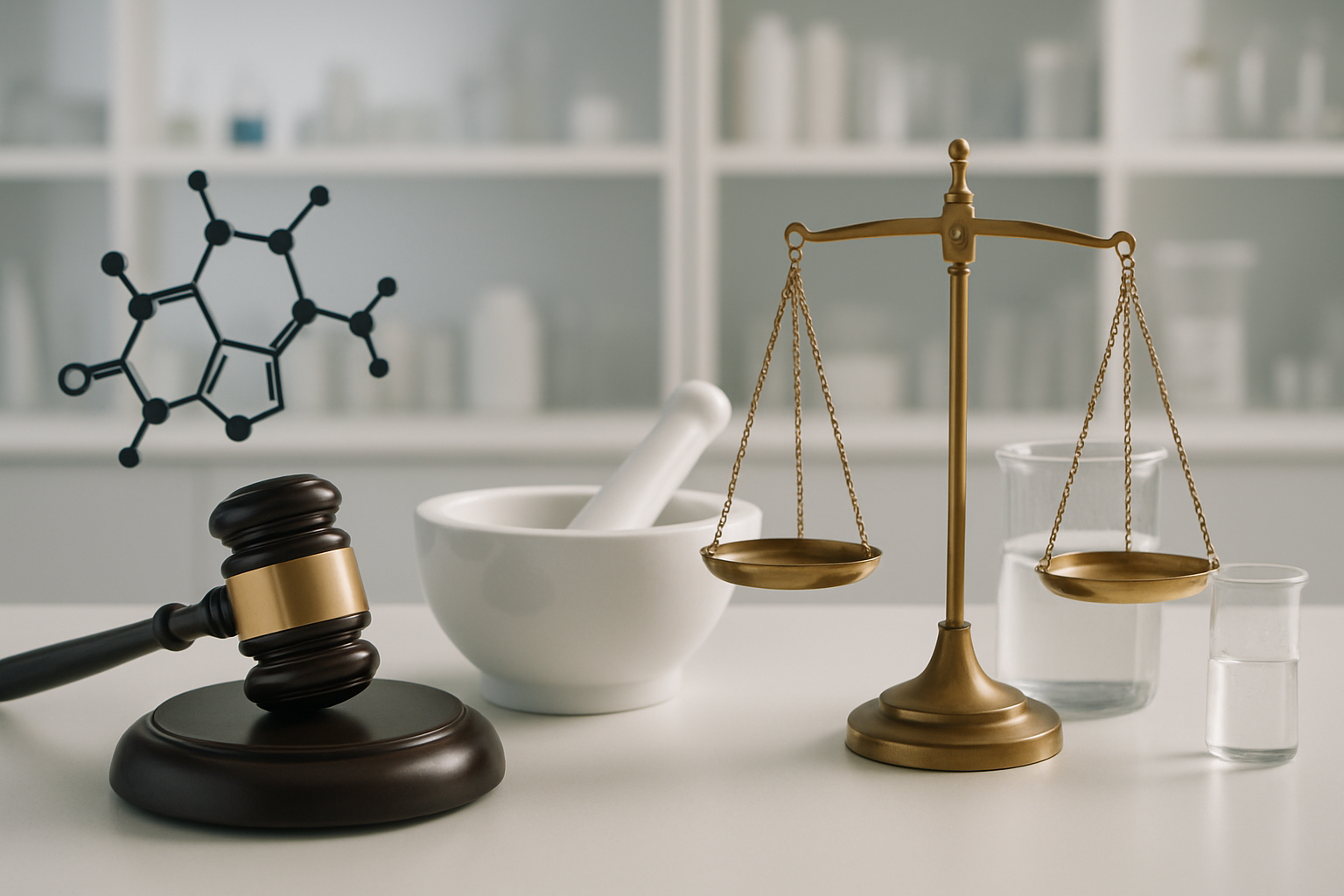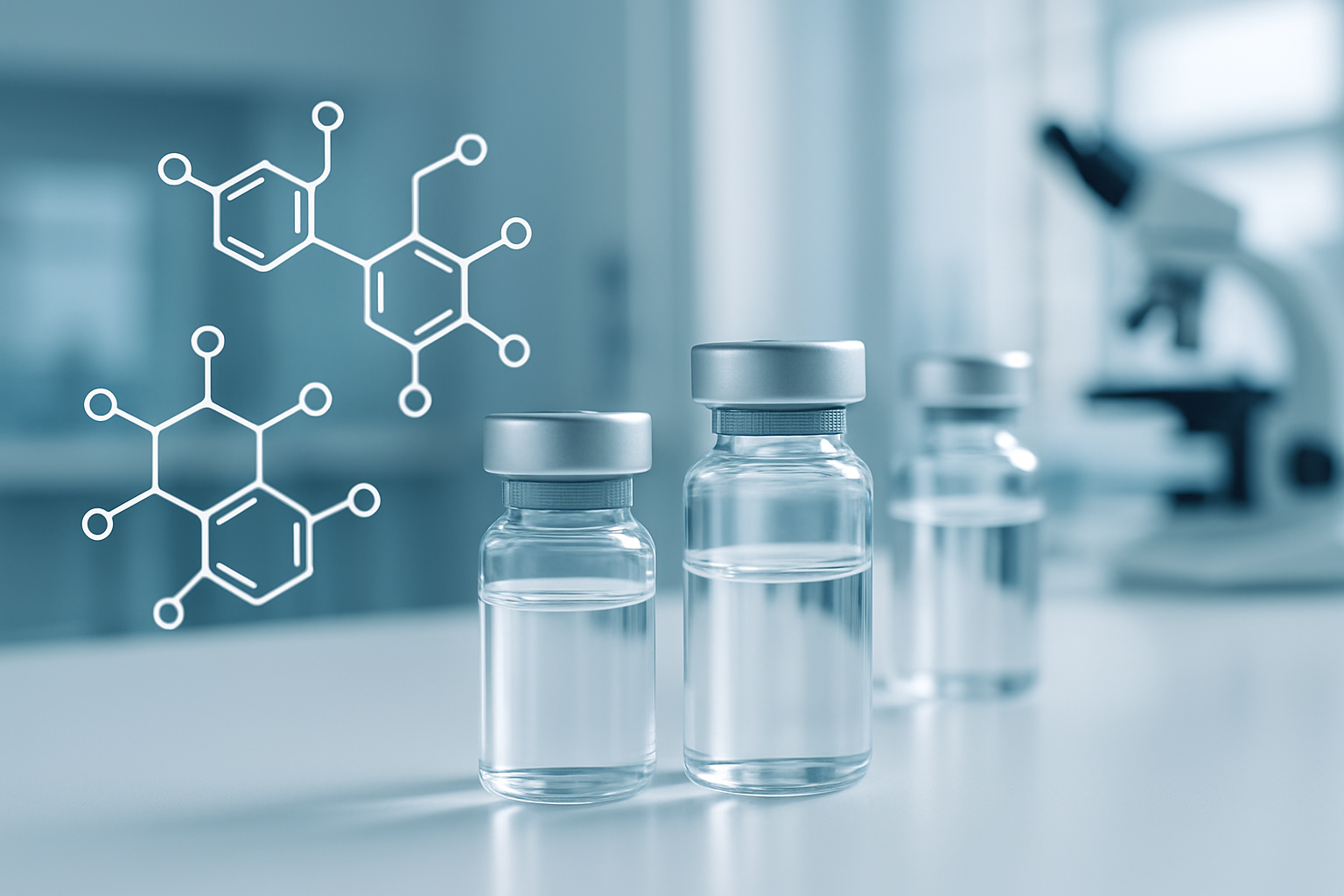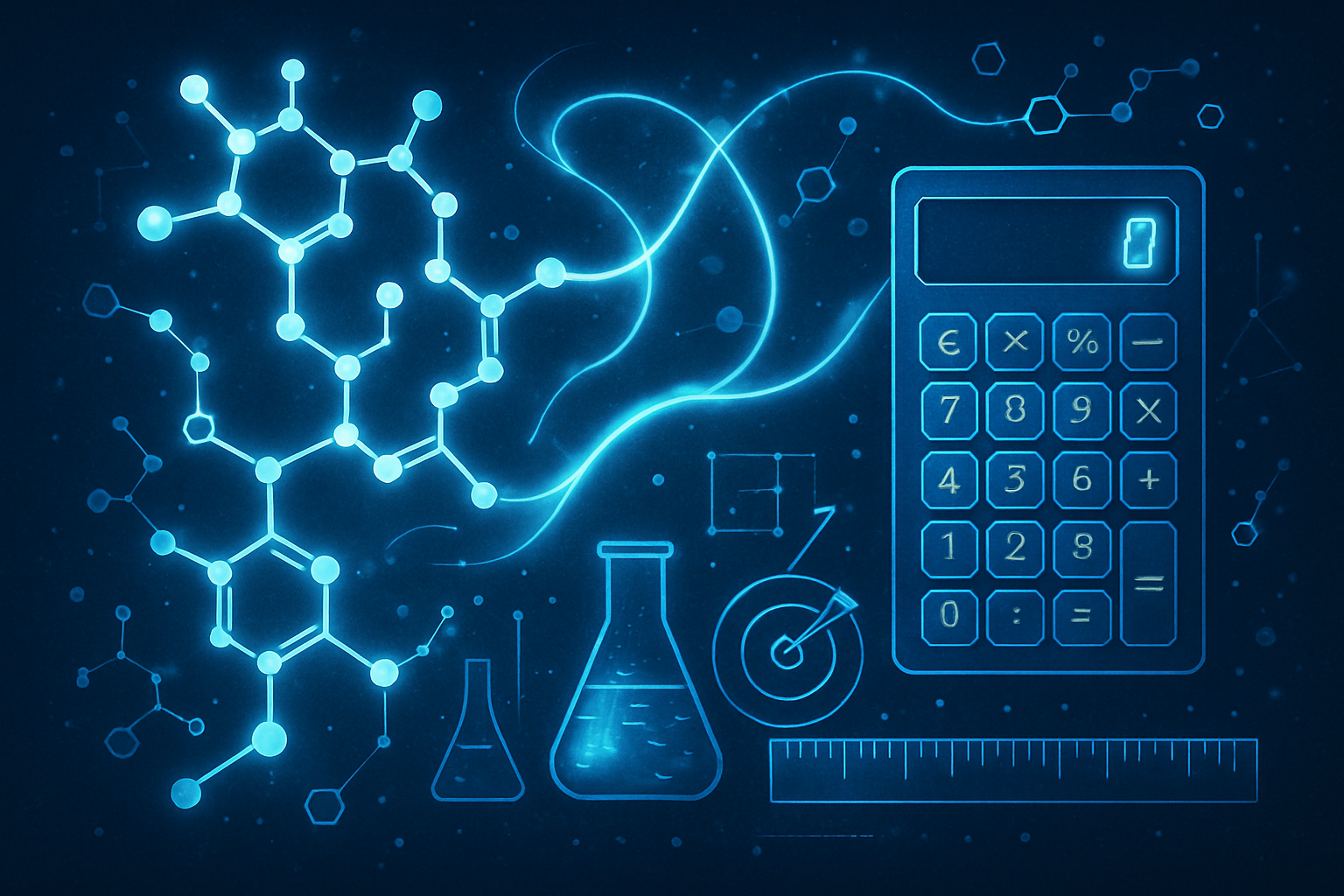Testosterone & Mitochondria: The Secret to Feeling 25 Again
How Testosterone Supports Cellular Energy
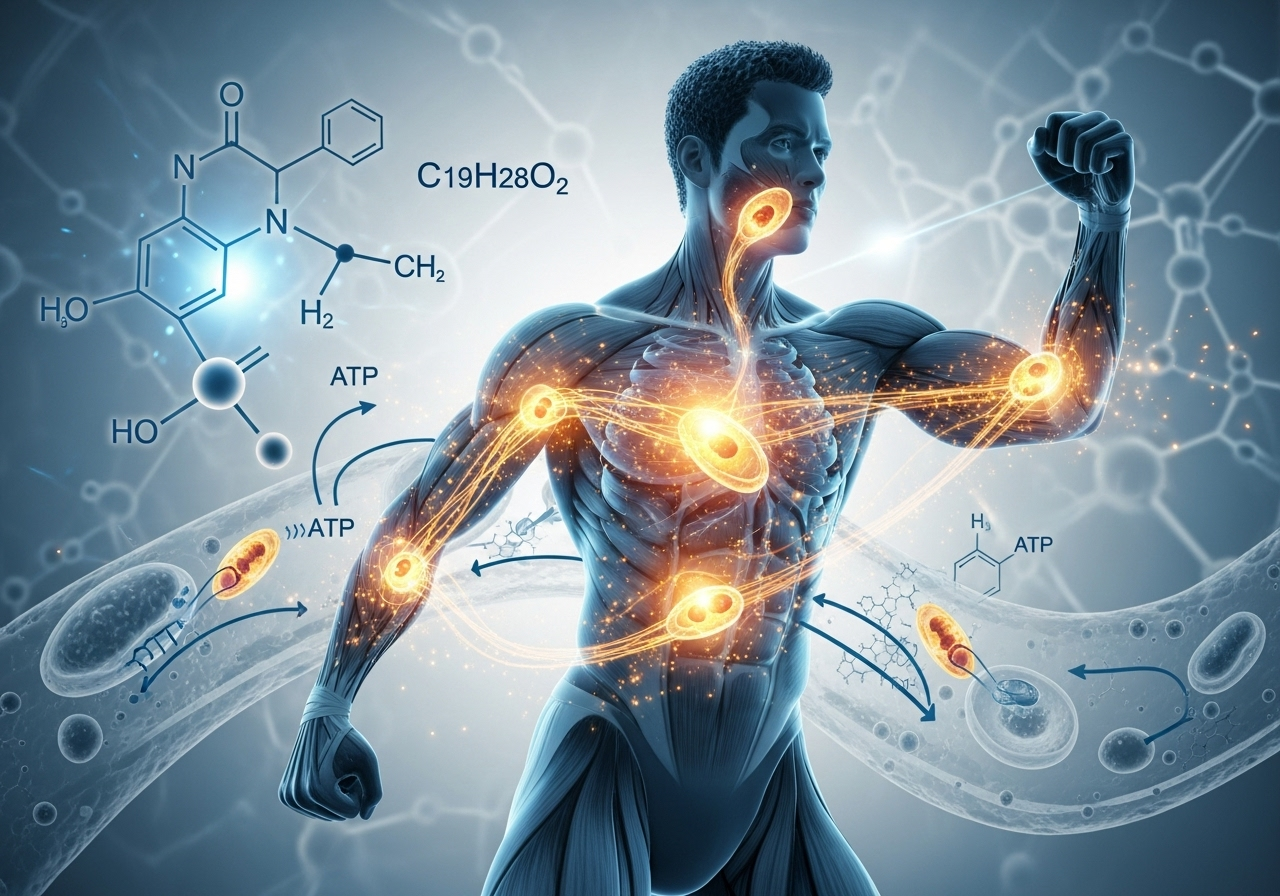
Remember being 25? That feeling of boundless energy, razor-sharp mental clarity, and the confidence that you could take on the world? You probably didn't think twice about pulling an all-nighter, crushing a workout the next day, or maintaining laser focus through demanding projects. That wasn't just youth talking – it was biology working at its absolute peak.
At 25, your testosterone levels sit at their lifetime high, orchestrating everything from muscle growth and mental sharpness to drive and resilience. But here's what most men don't realize: by the time you hit 40, those hormone levels have already begun their relentless decline, taking your energy, motivation, and performance down with them.
If you're serious about reclaiming that peak performance – not just slowing aging, but actually feeling like your 25-year-old self again – you can't afford to accept hormone levels that belong to middle age. But testosterone optimization is only half the equation. The real secret lies in understanding how your hormones work with your cellular powerhouses: mitochondria.
The Hidden Connection Between Hormones and Cellular Energy
When most people think about feeling younger, they focus on the obvious stuff: diet, exercise, maybe some supplements. But they're missing the fundamental truth that drives everything else. Your mitochondria – those tiny energy factories inside every cell – determine how efficiently your body converts fuel into usable energy.
Think of testosterone as the conductor of an orchestra, while mitochondria are the individual musicians. Even the most talented conductor can't create beautiful music if the musicians are tired, out of tune, or missing entirely. Similarly, even optimal testosterone levels can't deliver the vitality you're chasing without healthy, abundant mitochondria working in harmony.
This isn't just theoretical. Recent research has uncovered the intricate ways testosterone and mitochondria work together, creating a biological symphony that either supports peak performance or gradually diminishes it. Understanding this connection is your roadmap back to feeling 25 again.
How Testosterone Supercharges Your Cellular Powerhouses
The relationship between testosterone and mitochondria is far more sophisticated than most people realize. When your testosterone levels are optimized, they don't just boost your mood and muscle mass – they literally command your cells to build more mitochondria and make them work more efficiently.
Testosterone Triggers Mitochondrial Biogenesis
One of testosterone's most powerful effects is its ability to stimulate the creation of brand new mitochondria through a process called biogenesis. This happens through several key pathways that work like a cellular renovation project.
When testosterone binds to androgen receptors in your cells, it activates PGC-1α (Peroxisome Proliferator-Activated Receptor Gamma Coactivator 1-alpha) – essentially the master contractor for mitochondrial construction. A groundbreaking study published in Cell Metabolism found that testosterone increased PGC-1α expression by 30% in muscle tissue, directly leading to higher mitochondrial density.
But PGC-1α doesn't work alone. Testosterone also upregulates Nuclear Respiratory Factors (NRF-1 and NRF-2), which act like foremen, ensuring that mitochondrial genes are properly expressed. Additionally, it boosts TFAM (Mitochondrial Transcription Factor A), the specialist responsible for mitochondrial DNA replication and transcription.
The result? Your cells literally build more energy factories, giving you the increased capacity for sustained energy that characterized your younger years.
Enhanced Energy Production at the Cellular Level
Having more mitochondria is great, but testosterone also makes each individual mitochondrion work more efficiently. Research published in the Journal of Clinical Endocrinology & Metabolism revealed that men with low testosterone had significantly reduced activity in key electron transport chain complexes – the cellular machinery responsible for ATP production.
Testosterone specifically enhances the efficiency of Complex I, III, and IV in the electron transport chain, making the entire energy production process smoother and more effective. It's like upgrading from a four-cylinder engine to a high-performance V8 – you get more power from the same amount of fuel.
Perhaps most importantly, testosterone increases your body's ability to burn fat for fuel through enhanced fatty acid oxidation. A study in Diabetes journal showed that testosterone increases CPT1 (carnitine palmitoyltransferase 1), a crucial enzyme that helps transport fatty acids into mitochondria for energy production. This means your cellular engines become better at using your body's most abundant fuel source.
Protection Against Cellular Damage
Youth isn't just about having more energy – it's also about resilience and recovery. Testosterone acts as a cellular bodyguard, protecting your mitochondria from the oxidative damage that accumulates with age.
Research published in Aging Male demonstrated that testosterone lowers reactive oxygen species (ROS) while increasing SOD2 (superoxide dismutase), a powerful antioxidant enzyme that specifically protects mitochondria. This dual action means your cellular powerhouses stay healthier longer and maintain their efficiency over time.
Testosterone also helps prevent mitochondrial apoptosis – essentially cellular suicide triggered by damage or stress. A study in Cell Death & Disease found that low testosterone increased the Bax/Bcl-2 ratio, promoting mitochondrial death. Maintaining healthy testosterone levels keeps this protective mechanism functioning properly.
The Science Behind Testosterone Replacement Therapy and Mitochondrial Function
The connection between testosterone and mitochondria isn't just theoretical – clinical studies consistently show dramatic improvements in cellular energy production when men optimize their hormone levels through testosterone replacement therapy (TRT).
Real-World Results from Clinical Studies
A landmark study published in the European Journal of Endocrinology followed hypogonadal men for six months of TRT. The results were remarkable: participants showed a 30% increase in PGC-1α expression and significantly higher mitochondrial DNA content in skeletal muscle. This wasn't just about feeling better – it was measurable cellular regeneration.
Even more impressive, research in the Journal of Clinical Endocrinology & Metabolism used sophisticated Seahorse analyzers to measure mitochondrial respiration in muscle biopsies before and after TRT. The treatment improved cellular respiration by 20-25%, directly translating to better energy production at the most fundamental level.
Performance Improvements You Can Feel
These cellular changes translate into real-world performance improvements that men notice immediately. A study in Medicine & Science in Sports & Exercise found that TRT increased VO₂ max (aerobic capacity) and time to exhaustion in hypogonadal men. Participants literally gained endurance and stamina because their cells could produce energy more efficiently.
But the benefits extend beyond physical performance. Research published in Aging Cell showed that older men on TRT had significantly lower oxidative stress markers and higher levels of protective antioxidant enzymes. This means less cellular damage, better recovery, and slower aging at the molecular level.
The Estrogen Factor: Why Balance Matters
Here's where the story gets more nuanced. Some of your testosterone naturally converts to estradiol (E2) through an enzyme called aromatase. While many men try to suppress this conversion completely, research suggests that optimal estrogen levels actually enhance mitochondrial function through different pathways than testosterone.
How Estrogen Supports Mitochondrial Health
A study in Cell Metabolism revealed that estradiol increases mitochondrial biogenesis through ERRα (Estrogen-Related Receptor Alpha) and PGC-1α, similar to testosterone but via different mechanisms. Estrogen also protects against oxidative stress by increasing glutathione and SOD2 levels.
Importantly, estrogen and testosterone work together to maintain mitochondrial dynamics – the balance between fusion (creating larger, more efficient mitochondria) and fission (dividing damaged mitochondria for recycling). Research in PNAS found that estradiol protects neurons by maintaining healthy mitochondrial networks.
Finding the Optimal Balance
This research suggests that completely suppressing estrogen conversion might actually hurt your mitochondrial function. The key is finding the optimal testosterone-to-estrogen ratio that maximizes both hormones' mitochondrial benefits while avoiding negative side effects.
Men on TRT with moderate aromatization often report the best results – higher energy, better recovery, and improved cognitive function. This makes sense when you understand that both hormones support mitochondrial health through complementary pathways.
Muscle and Brain: Where the Magic Happens
The testosterone-mitochondria connection is particularly powerful in two tissues that define how young you feel: skeletal muscle and brain tissue.
Muscle Mitochondria and Physical Performance
Your muscles are metabolically demanding tissues packed with mitochondria. When testosterone levels decline, muscle mitochondria become less efficient, leading to the weakness, fatigue, and slow recovery that characterize aging.
Research in the FASEB Journal showed that TRT in hypogonadal men increased mitochondrial respiration rates by 25% in muscle tissue. This directly translates to better strength, endurance, and recovery, the physical markers of youth.
Testosterone also supports mitochondrial quality control through enhanced mitophagy, the process of recycling damaged mitochondria. When this system works properly, your muscles maintain healthy, efficient energy factories. When it breaks down, you get the accumulation of dysfunctional mitochondria that contributes to sarcopenia (age-related muscle loss).
Brain Mitochondria and Cognitive Function
Your brain consumes about 20% of your total energy despite being only 2% of your body weight. Brain cells are absolutely dependent on healthy mitochondria for optimal function, making the testosterone-mitochondria connection crucial for cognitive performance.
A study in the Journal of Neuroscience found that testosterone protected neurons by enhancing mitochondrial fusion while reducing harmful fission. This creates larger, more efficient mitochondrial networks that can better support demanding cognitive tasks.
The research also revealed important connections to neurodegenerative diseases. Low testosterone correlates with amyloid-beta-induced mitochondrial dysfunction – one of the key mechanisms in Alzheimer's disease development. Maintaining optimal testosterone levels may literally protect your brain from aging.
The Metabolic Consequences of Declining Testosterone
When testosterone levels drop and mitochondrial function declines, the effects cascade through your entire metabolism. Understanding these connections helps explain why low testosterone feels like accelerated aging.
Energy Production and Metabolic Flexibility
Healthy mitochondria can efficiently switch between burning glucose and fat for fuel – a quality called metabolic flexibility that peaks in youth. As testosterone declines, your mitochondria become less efficient at fat oxidation, leading to increased reliance on glucose and reduced overall energy production.
This metabolic inflexibility contributes to fat accumulation, insulin resistance, and the general sluggishness that many men experience as they age. Research consistently shows that men with low testosterone have higher rates of metabolic syndrome, diabetes, and cardiovascular disease – conditions directly linked to mitochondrial dysfunction.
The Fatigue Connection
The crushing fatigue that often accompanies low testosterone isn't just psychological – it's cellular. When your mitochondria can't produce ATP efficiently, every system in your body has to work harder to accomplish the same tasks.
Studies show that men with low testosterone have reduced electron transport chain efficiency, meaning their cells literally can't generate energy properly. This explains why testosterone optimization often produces rapid improvements in energy levels – you're fixing the problem at its source.
Practical Strategies for Optimization
Understanding the science is just the first step. The real question is how to optimize both testosterone and mitochondrial function to reclaim that youthful vitality.
Testosterone Optimization Approaches
Modern testosterone replacement therapy has evolved far beyond simple hormone replacement. The goal is achieving optimal levels that support mitochondrial biogenesis while maintaining healthy estrogen balance.
Bioidentical testosterone delivered through injections, gels, or pellets can restore hormone levels to youthful ranges. However, the key is working with practitioners who understand the importance of monitoring not just total testosterone, but also free testosterone, estradiol, and other markers that affect mitochondrial function.
Some men benefit from additional interventions like HCG (human chorionic gonadotropin) to maintain natural testosterone production, or carefully monitored aromatase inhibitors to optimize the testosterone-to-estrogen ratio.
Supporting Mitochondrial Health Directly
While testosterone optimization provides the hormonal foundation, specific interventions can directly support mitochondrial biogenesis and function:
- Targeted Supplementation: Compounds like PQQ (pyrroloquinoline quinone), CoQ10, and nicotinamide riboside specifically support mitochondrial health and biogenesis. NAD+ precursors can enhance mitochondrial energy production and repair mechanisms.
- Exercise Protocols: High-intensity interval training and resistance exercise are among the most powerful stimulators of mitochondrial biogenesis. These activities trigger many of the same pathways that testosterone activates, creating synergistic benefits.
- Cold Exposure: Cold therapy stimulates mitochondrial biogenesis in brown adipose tissue and may enhance overall mitochondrial function throughout the body.
- Time-Restricted Eating: Intermittent fasting triggers cellular cleanup mechanisms, including mitophagy, helping maintain healthy mitochondrial populations.
Monitoring and Measuring Success
Optimizing the testosterone-mitochondria connection requires careful monitoring to ensure you're moving in the right direction.
Key Biomarkers to Track
Beyond basic testosterone levels, comprehensive monitoring should include:
- Free testosterone and testosterone-to-estradiol ratios
- Markers of mitochondrial function like lactate and pyruvate
- Inflammatory markers that indicate cellular stress
- Body composition changes that reflect improved energy metabolism
- Functional measures like VO₂ max and recovery metrics
Subjective Improvements to Expect
When testosterone and mitochondrial function are optimized, most men notice improvements in:
- Sustained energy throughout the day without crashes
- Improved exercise performance and faster recovery
- Better cognitive function and mental clarity
- Enhanced motivation and drive
- Improved sleep quality and morning vitality
- Better stress resilience and emotional stability
The Long-Term Vision: Aging with Vitality
The ultimate goal isn't just feeling better today, it's maintaining youthful vitality as you age. The testosterone-mitochondria connection offers a scientifically backed approach to what researchers call "successful aging."
Preventing Age-Related Decline
By maintaining optimal testosterone levels and supporting mitochondrial health, you can slow or even reverse many aspects of aging at the cellular level. Research suggests that men who maintain higher testosterone levels throughout life show:
- Better preservation of muscle mass and strength
- Maintained cognitive function and memory
- Lower rates of cardiovascular disease and diabetes
- Better quality of life and independence in later years
The Compound Benefits
The beauty of optimizing testosterone and mitochondrial function is that the benefits compound over time. Better cellular energy production leads to improved exercise performance, which further enhances mitochondrial biogenesis. Higher testosterone supports better sleep and stress resilience, which protects mitochondria from damage.
This creates a positive feedback loop where each improvement supports the others, leading to sustained vitality that goes far beyond what any single intervention could achieve.
Taking Action: Your Path Back to 25
The science is clear: the secret to feeling 25 again lies in optimizing the powerful connection between testosterone and mitochondrial function. This isn't about chasing quick fixes or temporary energy boosts; it's about addressing the fundamental biological processes that determine how you feel and perform.
If you're ready to reclaim that youthful vitality, the first step is comprehensive testing to understand your current hormone levels and metabolic function. Work with practitioners who understand the nuanced relationship between testosterone, estrogen, and mitochondrial health.
Remember, your 25-year-old self didn't worry about energy levels or motivation because everything was working optimally at the cellular level. With the right approach, there's no reason you can't recapture that same biological efficiency and vitality.
The question isn't whether it's possible to feel 25 again; the science proves it is. The question is whether you're ready to take the steps necessary to get there.
Ready to Optimize Your Testosterone and Mitochondrial Function? Get Expert Guidance
Understanding the science is one thing; implementing it safely and effectively is another. The world of hormone optimization, peptide therapy, and mitochondrial biohacking can feel overwhelming when you're trying to navigate cutting-edge treatments, proper dosing protocols, and potential interactions.
Project Biohacking offers personalized peptide coaching designed specifically for those who want to:
- Safely optimize testosterone levels for peak mitochondrial function
- Implement advanced peptide protocols that enhance cellular energy production
- Navigate TRT with proper estrogen balance and monitoring
- Combine hormone optimization with targeted mitochondrial supplements
- Create sustainable protocols that deliver lasting results
We understand the intricate relationship between hormones and cellular energy. We've helped people achieve youthful vitality using science-based protocols that go far beyond basic testosterone replacement.
Contact Project Biohacking today to schedule your comprehensive consultation and discover how peptide therapy can help you feel 25 again.
Your cellular powerhouses are waiting to be reactivated. Let's make it happen.

